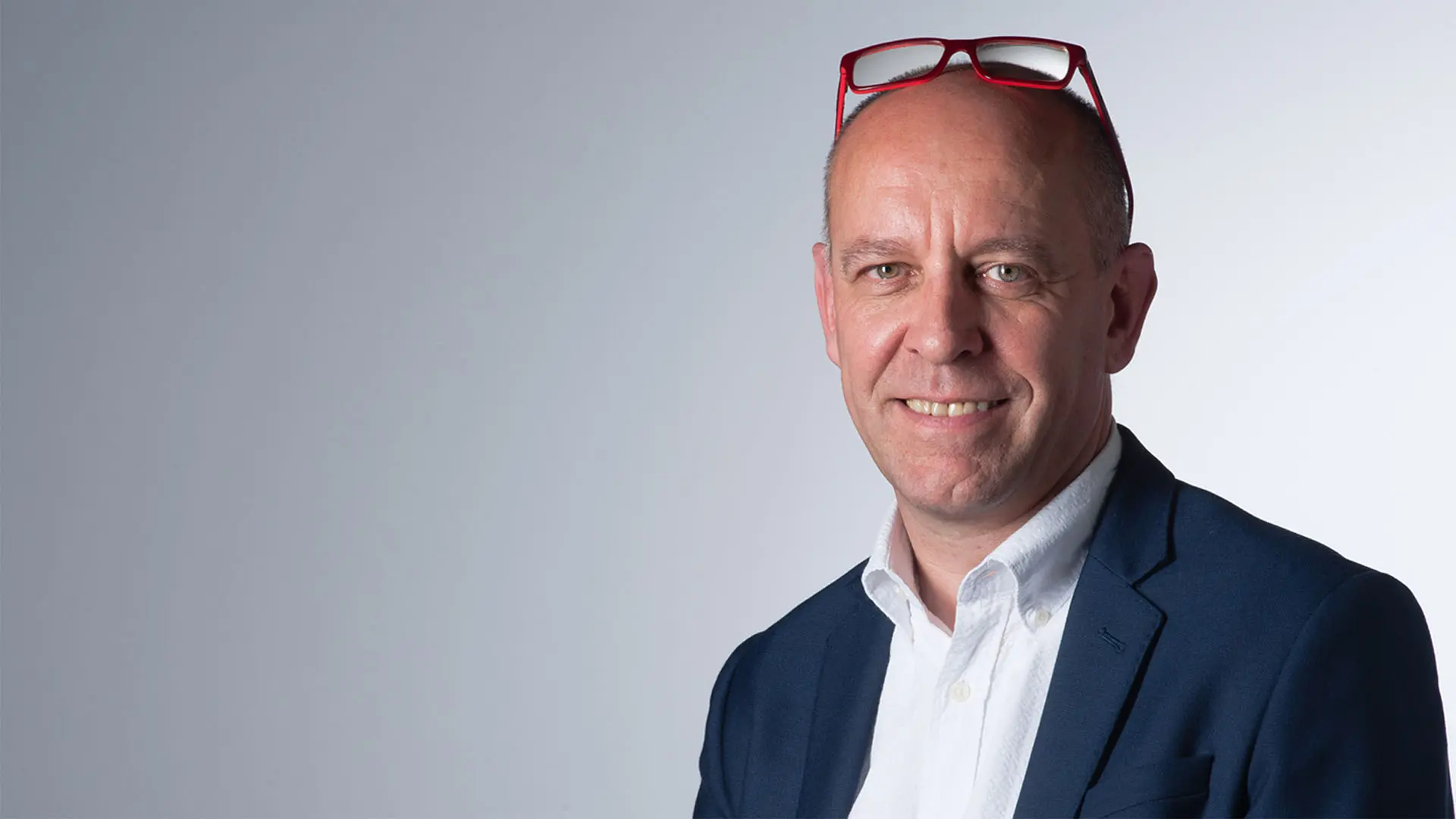Colour and Environmental Design
Mario Bisson

My name is Mario Bisson, associate professor at the Department of Design of the Politecnico di Milano where I teach Industrial Design, Visual Design Elements and Colour at the School of Design. I am currently scientific director of the Department of Design’s Colour Laboratory, but my professional and teaching commitments stretch back much further: from 1987 to 2008 I worked with Professor Attilio Marcolli and taught in several schools of design (Morphology of Components, Industrial Design, the Language of Design, Visual Perception, Colour).
I have worked and continue to work with various manufacturers and public institutions on research subjects relating to Colour and Environmental Design. With the specific aim of extending and analysing these topics in more detail I have worked on the setting up of the EDME (Environmental Design and Multisensory Experience) Interdepartmental Laboratory, of which I am currently scientific director.
In addition, I founded the MDA (Mediterranean Design Association), and am its scientific director, and am a member of the board of directors of PoliDesign Scrl and of the scientific committee of the journal COLORE.
The project: Setting up of an interdepartmental laboratory on Environmental Design and Multisensory Experience (EDME)
Environmental Design (ED) aims to develop a cross-cutting body of subject knowledge focusing on the design processes behind “smart”, flexible, adaptive and environmentally-friendly environments which integrate design of space with the perceptual and technical factors of colour, materials and light, of smells, of multimedia representation of complex phenomena, of virtual and augmented reality, of physical interaction with objects and of interaction with the environment, its digital devices and its artefacts. In addition to design-related knowledge, ED draws upon knowledge connected with ICT, materials science and engineering, systems sustainability, art, neuroscience, product innovation and industrial processes.
The proposal has been drawn up by researchers from four departments of the Politecnico di Milano working across a range of multidisciplinary themes: design, multisensory and experiential processes, the design and development of innovative systems of interaction, technical and perceptual aspects of colour and light, the multimedia representation of complex phenomena, virtual and augmented reality, and the description and dissemination of the experiential perception of the functional and sensory properties of materials.
«Scientific production, the capacity to develop research in conjunction with public bodies and industry in Italy and in the international context, and the experience of a joint working approach represent the pillars on which the proposal is based.»
The laboratory, which is organised around the theme of multisensory virtual interactive experience, answers the need for a physical space with innovative ICT technology for design, modelling, sensor systems, light, multimedia representation and interaction) and state-of-the-art materials for the purpose of conducting research involving simulations of complex activities and interactions (for example in the bio-medical, environmental, industrial production, rehabilitation, entertainment and experiential marketing sectors) and forecasts regarding the perceptual and digital control aspects of the environment in which such activities are performed.
The expansion and upgrading of the Virtual Theatre at the Department of Design and integration with the experimental equipment already available within the proposing departments will enable the creation of an experimental and research environment which is unique at both the national and international level, with an extraordinary integrated system of resources and skills.
This interdepartmental laboratory will increase the Politecnico’s capacity for innovative research, which will lead to the creation of new application methodologies in all of the disciplines involved and the development of applications beyond the cutting edge; the expected results respond to the increasingly emerging demand for new systems of measurement and simulation of perceivable aspects, of new materials and new systems of environmental interaction. The laboratory will also boost the Politecnico’s capacity to develop collaborations both with existing partners and with new partners and to obtain public and private funding for research in a sector undergoing continuous expansion.
The project is in perfect synergy with the aims of industry, institutions and companies in the sector of process innovation with whom the project proponents already collaborate, such as the SIMNOVA project (centre of excellence in the training of doctors for emergency situations) with its medical simulation centre and with the interlocutors who are concerned with augmented reality and advanced 3D modelling, the Philips Research (Eindhoven, NL) Smart Lighting and Well-Being project and the trialling of smart multisensory spaces for people with intellectual disabilities attending rehabilitation centres at San Raffaele Hospital, Fondazione Sacra Famiglia and Fondazione Abilità Onlus.
In addition, the interdepartmental laboratory will make it possible to provide services for external organisations that require spaces, equipment, materials and skills for simulations, measurements and experiments. Finally, the interdepartmental laboratory will allow the Politecnico to place value on its multidisciplinary research by involving postgraduate students from the various courses of and by attracting young researchers from Italy and abroad.